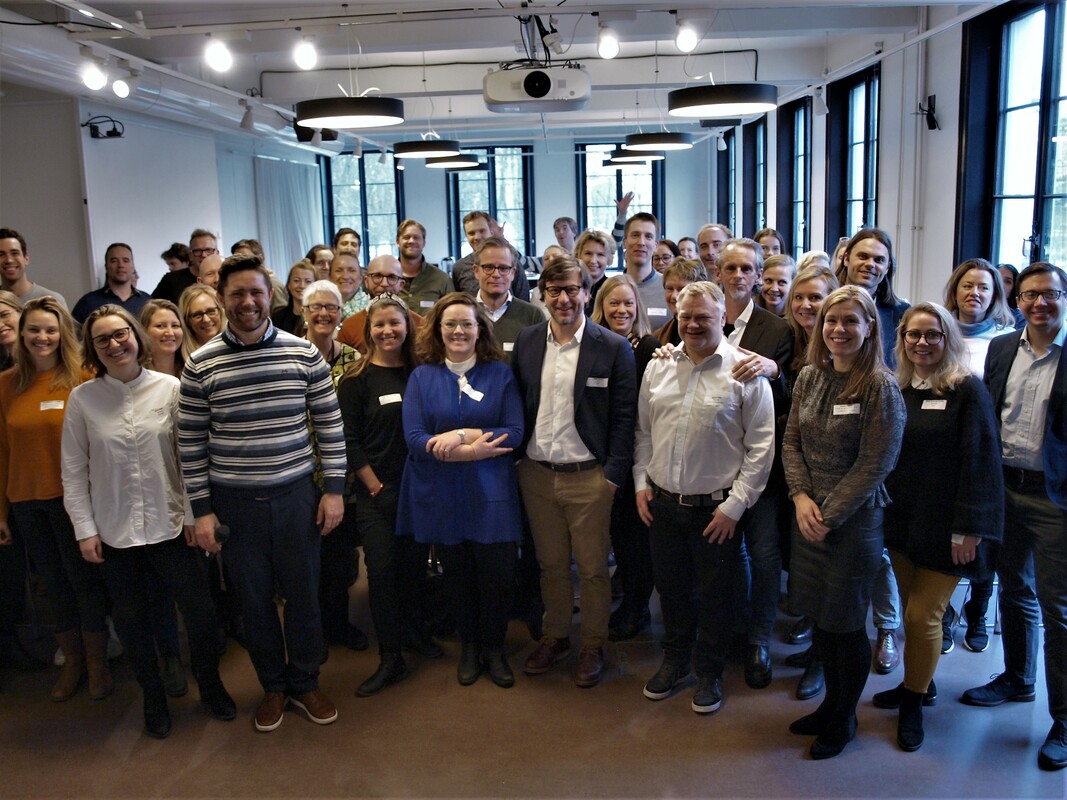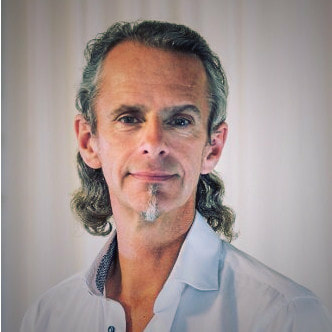|
Is sustainable, purposeful and profitable business possible? What are the strategies and business models that deliver it? If you want to be a future-fit organization or company, these should be burning questions. They certainly are for the 70 executives, entrepreneurs, consultants and academics from leading private sector and civil society players who recently attended Sustainability Hub's Sustainability Strategy Summit. The Summit’s opening session explored how, although sustainability remains a hot topic in business and many organizations strive to integrate it into their operations, others reduce it to a PR campaign or the marketing of a new product line and are sometimes met with accusations of green-washing. Purpose as a strategy for a sustainable future Micael Johnstone and Adam Lowenstein, from the EY Beacon Institute (EY's corporate purpose strategy hub) shared some of their knowledge of purpose-driven strategy, decision-making and innovation and the links with sustainability. Micael both underlined that “to realize purpose and sustainability you have to accommodate and integrate a broad spectrum of potentially conflicting agendas and take a holistic helicopter view,” and warned against "purpose and sustainability being often high on the priority list but low on the to-do list.” Adam urged us to be aware of the ‘say-do-gap’ between visions in the C-suite and implementation in the organization: “You need leadership at the top and buy-in throughout the organization. Every member of the workforce should see purpose in their day-to-day experience.” He also reminded us not to expect purpose and sustainability to always create win-wins: “To do the right thing, you may sometimes have to sacrifice profit and growth in the short-term!" Their colleague and Supervising Associate at EY Beacon, Allison Dunne, added, “To implement purpose, strategy and sustainability in an organization you have to engage internally across the board, in addition to addressing stakeholders such as governmental and educational institutions.” Sustainability champions as change-makers The following session looked at sustainability champions and how they make change happen in their organizations. Erlend Aas Gulbrandsen from the Inland Norway University of Applied Sciences revealed findings from his PhD on sustainable business model innovation. It was startling to hear an academic tell the gathering “In our current situation, we must move from the pursuit of knowledge through hard science to unapologetically tinkering and experimenting in order to generate know-how in the field of sustainability.” Erlend urged all to support and learn from “sustainability champions who make change happen by improvising and innovating their way to everyday best practices.” How to integrate sustainability with strategy? The final session focused on two companies that work with sustainability as a strategic priority. The food industry is fast becoming a hotspot for sustainable business and product innovation, as was demonstrated by a lively keynote from Kaj Török, Chief Reputation Officer and Chief Sustainability Officer at MAX Burgers, a fast-food chain committed to developing climate-positive operations -- and burgers. MAX Burgers investigation into the carbon footprint of its entire supply chain impressed the gathering and produced some surprising results. Kaj quipped that the company “has ‘a beef’ with our own beef, even though it’s our ‘cash cow’, because it accounted for 53% of our carbon footprint in 2017!” Emphasizing that “Humanity has already emitted so much carbon into the atmosphere that reducing emissions is no longer enough,” Kaj explained how MAX Burgers not only strives to reduce its carbon footprint but also offsets the CO2 equivalents of 110 % of all its greenhouse gas emissions. To the surprise of many, he revealed that the cost of this ambitious goal is “just 0.25% of our turnover.” Recently appointed as Sustainability Manager Norway and Iceland at fashion giant H&M, Ina Vikøren came from positions in the World Wildlife Fund and the Norwegian Environment Agency. She described herself as a “corporate hippie” who used to boycott H&M until realizing how much it works with sustainability and how ambitious its strategies are. Consequently, Ina is keenly aware that “We experience a considerable perception gap regarding our sustainability performance. The corporate world recognizes our initiatives and leadership, but Norwegian consumers generally do not.” There can be no doubt regarding H&M’s ambitious goals, with it aiming to be 100% circular, 100% renewable and 100% leading the change towards a completely sustainable fashion industry. Ina, who explains, “H&M considers sustainability as just good business, which is why we are innovating our entire business model around it,” describes a dual strategy aimed at moving the fashion industry towards sustainability: “You need positive and negative incentives, so we support both collaboration to increase the ‘size of the cake’ and transparency to reveal each players performance.” Key takeaways After a half-day program of keynotes, panel debates and interactive dialogue, there was a real sense of urgency. Many present supported a speaker’s hypothesis that sustainability people are the “canaries in the coal mine” that organizations seeking sustainable operations urgently need to listen to in order to change their practices. Likewise, after diving into the latest research on the relationship between purpose, strategy and sustainability and discussing sustainable business models from industries as diverse as fashion and food, the buzz of optimism was palpable. Adam Lowenstein concluded, “We are all trying to create a better way of doing business. Whether you call it sustainability, long-term value or purpose, it’s about serving and being responsive to the needs of society. Check out this fantastic EY long-read on how integrating sustainability into a company’s core strategy can future-proof business. See presentations from the Sustainability Strategy Summit here.
0 Comments
Leave a Reply. |
WANT TO PUBLISH AN ARTICLE HERE?
Have a read at our Publishing Guidelines: NEWSLETTER
Subscribe to our newsletter to get the sustainability articles sent to you every month. EDITOR
Lauren Guido |
|
Follow Us
Contact Us
|
Want to learn more? |


